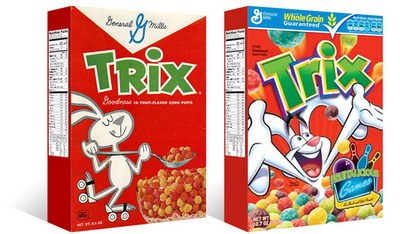
Annie's Blue Jeans
79" x 82"
Made from Annie Ruth Collin's old blue jeans tapestry fabric, cotton fabric, cotton velvet, hand dyed wide-wale cotton corduroy, cotton batting and muslin.
Hand quilted by Mensie Pettway of Gee Bend Alabama.
Looking at 'Annie's Blue Jeans' quilt, the usage of line, shape, value, and some rhythm are apparent. Initially, the inner square holds a sense of balance and scale. Each square within this inner square is a solid color which makes it stand out from the shades of blue. The inner square becomes a sort of focal point for the viewer.
Pettway makes good use of line and repetition. There is some rhythm to the entire peace, as each 'ring' of the quilt flows from one to the other, there are no abrupt stops. Shades of blue leading to the climax, the inner square.
The texture reflects the materials used--Blue Jeans.
Pettway takes an age old tradition of quilt making, and brings it back to its roots in a time where quilts are typically made from bought fabrics, not old unused clothing, fabric and other things.
If you would like to see the full gallery of quilt collections, and you are in the Davis, CA area, head over to the Nelson Art Gallery located in UC Davis.












